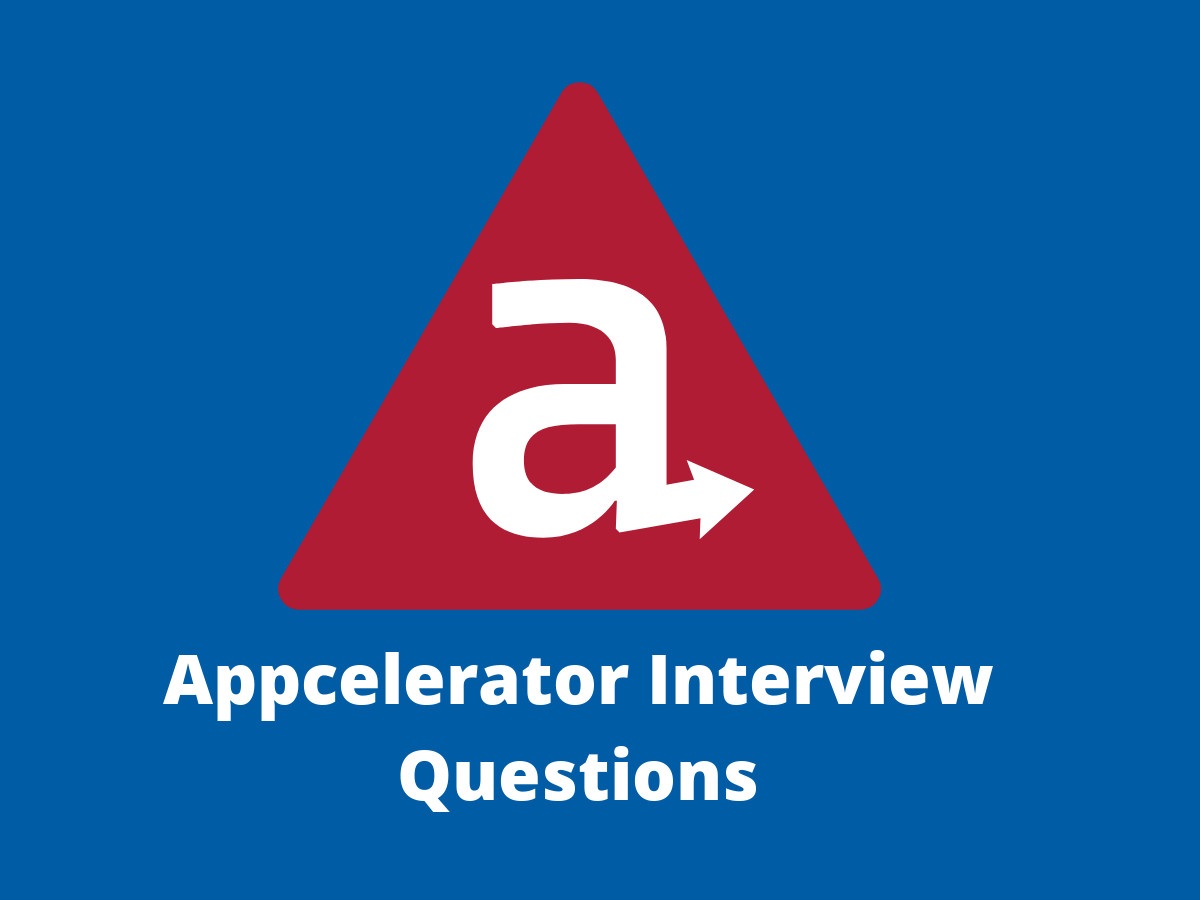With the age of digitalization and social media, everyone is hooked to their smartphones. With regard to which many big companies are restoring to mobile applications and a variety of online offers to easily reach to their target audience. In order to help such big companies publicize their brands, mobile application developers is a hot new job opportunity. Many big organizations are looking for candidates who are well versed in different platforms for mobile application development. Appcelerator is one of the recently and greatly used mobile developing platforms in a number of different organizations. Therefore, recruiters from big companies are looking for candidates with good knowledge and excellent hands-on training experience to fit perfectly into their work culture.
With the use of Appcelerator, such an organization has ease and edge over their competitors in the same market. Therefore, they are in a hunt for individuals who have the right technical knowledge along with adequate work experience. In order to find the right candidate, companies ask a diverse range of Appcelerator interview questions to not only the newcomers but also experienced candidates wishing to display their talent and knowledge in the field of mobile application development. Here are some of the important Appcelerator interview questions that will not only give you a basic idea of the field but also help to clear the interview and secure a position in your dream office.

